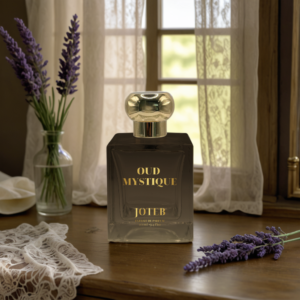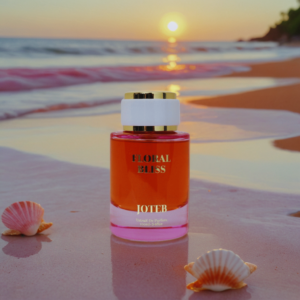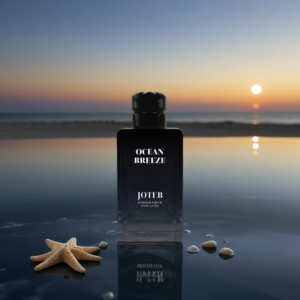Some important things to know about perfumes
Perfumes are scent essences consisting of a mixture of essential oils and alcohol, intended for use on the body or on clothes to give a pleasant fragrance. The history of perfumes goes back thousands of years, with evidence of the use of perfumes as far back as the ancient times of ancient Egypt, Rome and Greece. Perfumes were used for religious, medicinal and aesthetic purposes, and were symbols of status and power.
The source of perfumes
The first perfumes were created by the ancient Egyptians, who used them in religious burial and ritual ceremonies. They were mainly composed of resins, spices and essential oils. The Romans and Greeks expanded the use of perfumes and began producing perfumes for personal and not just religious purposes.
In the Middle Ages, the Crusades brought perfumes to Europe from the Middle East. In the 14th and 15th centuries, following the discovery of the distillation process, the perfume industry began to flourish in Paris, which is still considered the perfume capital of the world.
How are perfumes made?
The perfume production process consists of several main stages:
1. Collecting components
Perfume production begins with the collection of the various components. These are flowers, fruits, leaves, trunks, roots and even resins of trees. Certain components are considered particularly expensive, such as musk from rare trees or essential oils from unique flowers.
2. Distillation and extraction of essential oils
The collected components undergo a process of distillation or extraction to extract essential oils from them. There are several methods for extracting oils, and they include steam distillation, water distillation, solution distillation and the use of organic solvents. Each method is chosen according to the type of component from which the oils are extracted.
3. Mixing
After extracting the essential oils, the next step is mixing them into a unique fragrance. This process is done by the “master perfumer” or perfumer, who uses his knowledge and experience to create a balanced blend. The mixture is divided into three stages: top notes, middle notes and base notes. The top notes are the initial scents that are felt upon spraying, the middle notes appear after a few minutes and the base notes are those that last for a long time.
4. Dilution
The mixed fragrance is diluted by adding alcohol and water. The dilution process is done to improve the dispersion of the perfume and refine the fragrance.
5. Ripening
The diluted mixture is left to age for several weeks or months, depending on the type of perfume. During this period, the fragrance stabilizes and the final fragrance is obtained.
6. Inspection and packaging
After the aging period, the perfume undergoes quality tests. If everything is in order, the perfume is ready for packaging. The process includes filling bottles, sealing and labeling.
In conclusion
Perfume production is a real art, combining scientific knowledge, a developed sense of smell and a high creative ability. The origin of perfumes is ancient and they have accompanied humanity for thousands of years. The modern production process combines advanced technologies with a long tradition of mixing essential oils to create unique and inspiring fragrances.





